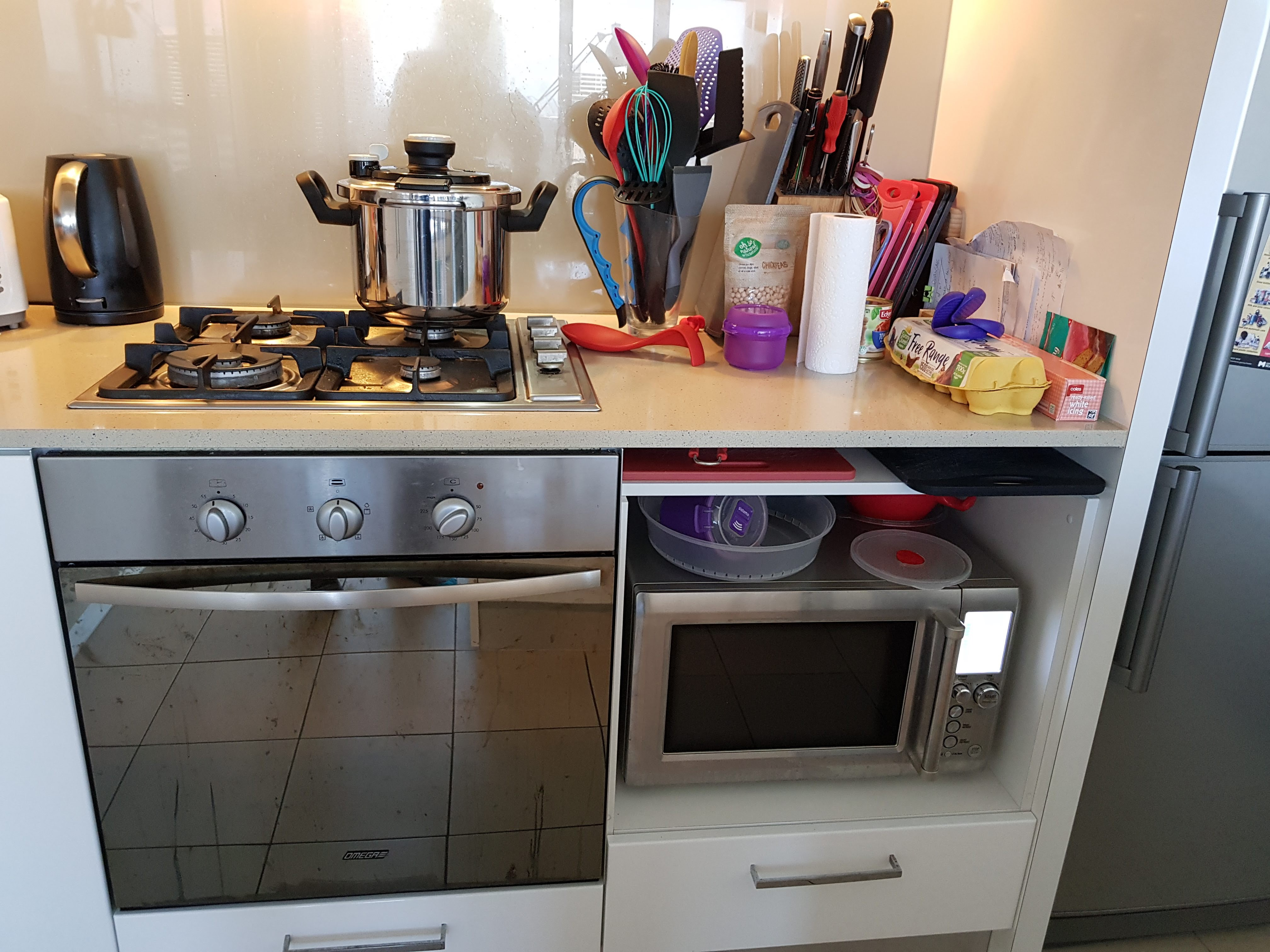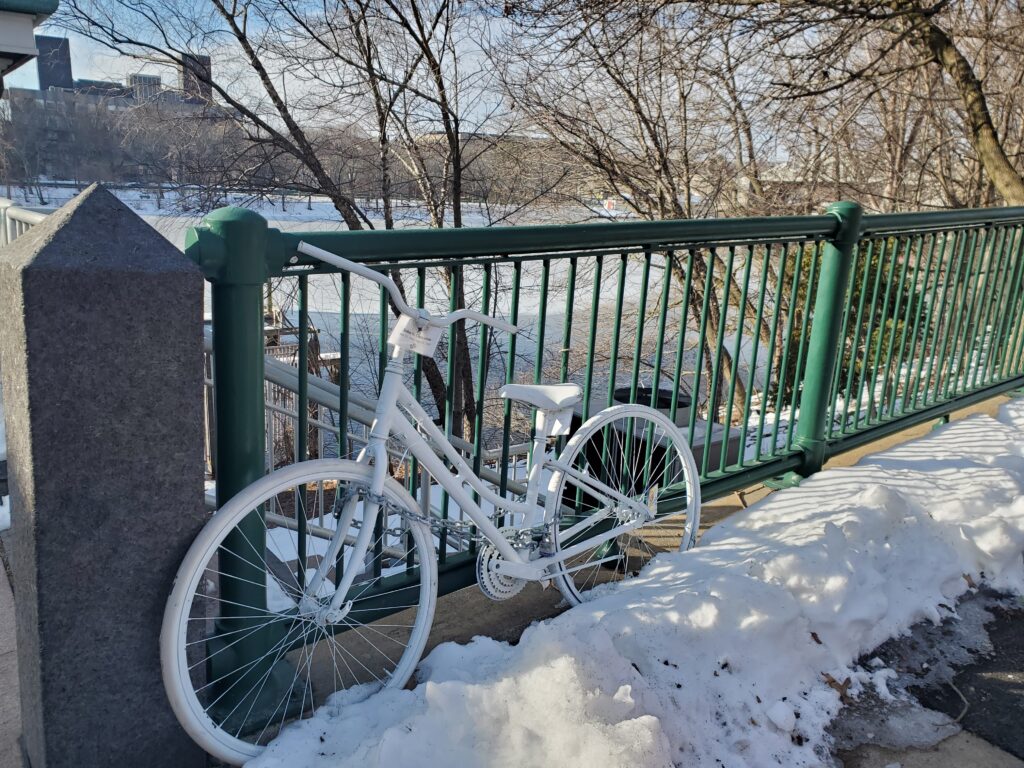City Know-hows

Apartment kitchens need to be better designed to support healthy food practices.
Share
Target audience
Public health and planning policy makers, architects, town planners, developers.
The problem
Increasing numbers of people are living in apartments as a result of housing costs and shortages. Home cooking and dining are known to have health benefits. However, there is limited research on how apartment kitchens, which tend to be smaller than kitchens in standalone houses, should be designed, in order to support healthy food practices. This research is needed in order to inform future apartment design policy.
What we did and why
We explored the food practices of a diverse groups of apartment residents in four different suburbs of Melbourne, Australia, using photo-elicited interviews. This approach helped us understand food practice choices, challenges to implanting these practices and changes to kitchen design to accommodate the desired food practices, of these apartment dwellers. Using a socioecological approach provided a useful conceptual framework to link food practices to individual living conditions, social norms and the broader policy environment.
Our study’s contribution
Our study provides a unique insight into the food practices of a group of apartment dwellers. These findings fill a knowledge gap given the overall paucity of evidence on the general domestic built environment and food practices and provide a unique contribution since housing/kitchen design is rarely considered as a determinant of home cooking.
Impacts for city policy and practice
Our study provides some early insights into how apartment kitchen design influences residents’ food practices. It points to areas of further research that will help inform the development of evidence-based, kitchen design policy, currently lacking in Australia and more widely.
Further information
Full research article:
The interrelationships between kitchen design and food practices for apartment dwellers in Melbourne, Australia: an exploratory study by Fiona Andrews, Louise C. Johnson, Ralph Horne and Lukar E. Thornton.
Related posts

The high risk of death and disability from being struck by a car is unevenly distributed geographically and socially. Our analytics reveal a troubling pattern in that people from Black and Latino neighbourhoods facean especially high risk of crashes, both near and far from home.
Vision Zero leaders in the hundreds of participating cities across the world in planning departments, nonprofits, and community groups need to look at our approach.

Year-long road closure to Mainkai riverfront in Frankfurt demonstrated more active public space usage, especially during COVID-19 lockdown. Our study looks at the +45% cyclists, +20% pedestrians and + 1150% children cycling on the street.

Beaches can be important settings for physical activity. The quality of these spaces (safety, amenities, aesthetics) can influence how well they support physical activity and health. The quality of beaches may differ across neighbourhoods, with higher socioeconomic status neighbourhoods having disproportionately better access to beaches.